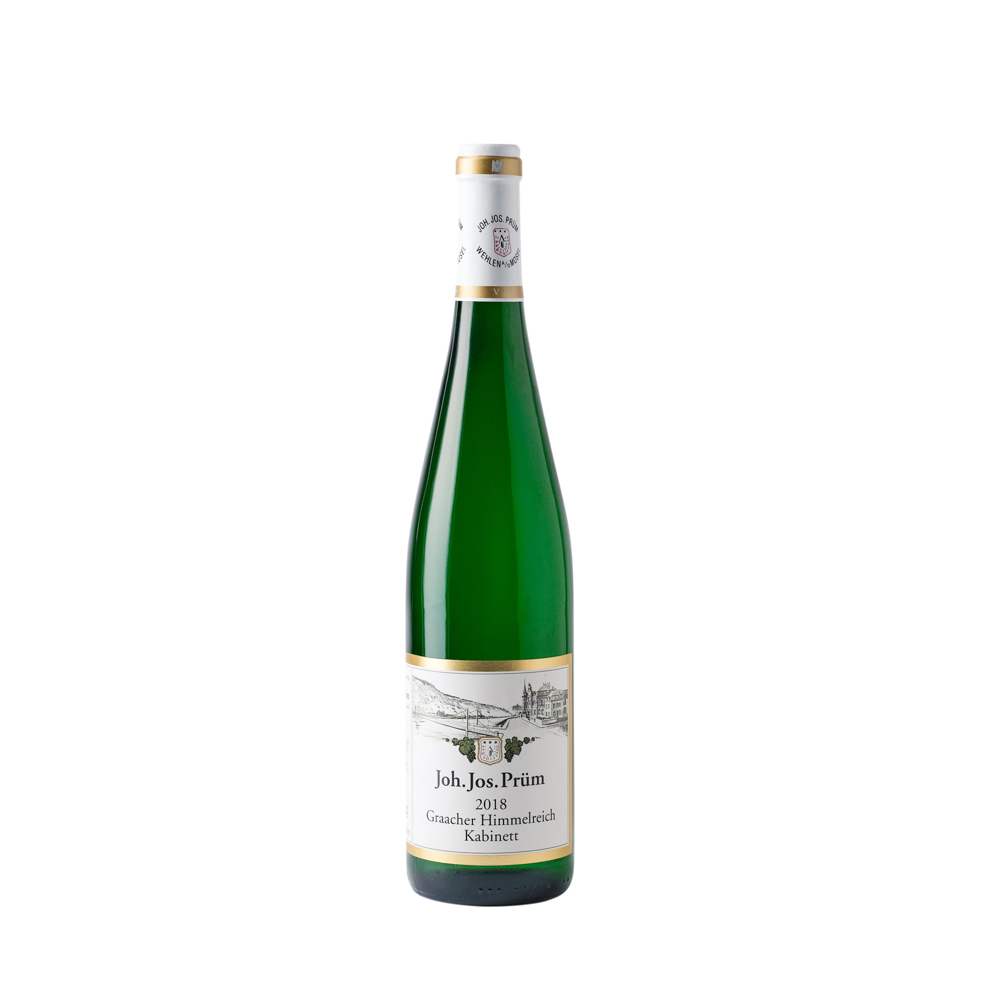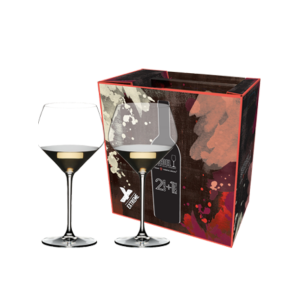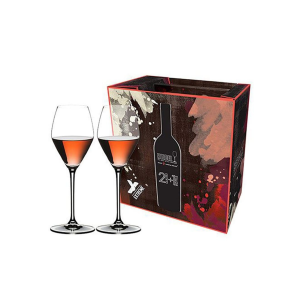2019 J.J Prüm Graacher Himmelreich Spatlese Riesling
Region: Mosel, Germany
Viticulture: Organic
Winemaker: Katharina Prum
Established Date: 1911
Wine Info
Graacher Himmelreich directly borders the southern edge of the Wehlener Sonnenuhr vineyard. The wines from this site often often challenge those from its more famous neighbor, especially in hot, dry years. Graacher wines attract with their racy acidity, a pronounced minerality (that reminds of crushed rock) and slightly different fruit aromas and flavours (more in the citrus spectrum). Often, the wines become accessible slightly earlier than the Wehlener Sonnenuhr and are deliciously mouth-watering when young. Looking at the vineyard conditions, the hill faces slightly more westwards than the Wehlener Sonnenuhr , i.e. it has a more south-west exposure, it is a little less steep and has deeper soils which act as excellent water reservoirs.
The gold-capsuled 2017 Riesling Graacher Himmelreich Auslese represents a botrytis selection.
Sommelier’s Recommendation
Tropical fruit mixes with wet stone minerality. The wine is intense but delicate at the same time. A truly amazing wine that will only improve with a little further ageing.
The Prüm family history in the Mosel dates back as early as 1156! However Johann Josef Prüm (1873 – 1944), founded the J.J. Prüm estate in 1911. Dr Manfred Prüm has led the estate since 1969. Now his daughter Katharina is taking over the mantle. The 13.5 hectare estate includes some 70% of ungrafted vines (because the phylloxera louse cannot survive in these slate soils.)
So what is the secret is to the quality of the J.J. Prüm wines? How is it that they differ so much in style and quality from the wines of most other Mosel producers? The answer, as always, lies mostly in the vineyards, backed up by winemaking of the highest order. Great sites, old vines, the lowest yields, very late harvesting and selection of only the best berries. In the winery the winemaking is as natural as possible with as little intervention as possible. The wines typically need several years to start showing their best and can live and develop for decades. Generally speaking, the later the harvest, the longer the wine can live, so Spatlese is more age worthy than Kabinett, Auslese more so than Spatlese, and so on.








